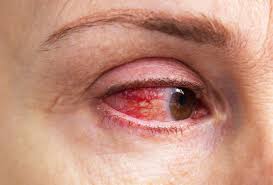
Glaucoma
Are you Worried about Glaucoma?
You will get the best Glaucoma Treatment

Glaucoma Services
Glaucoma, the silent thief of sight, is the common cause of blindness in our community. Identification and early diagnosis of the disease is very important as it causes an irreversible damage to the vision. We, at Bangalore Nethralaya, are committed to this very objective and thus strive for it.
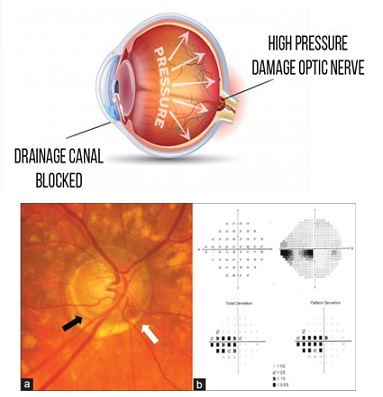
TYPES OF GLAUCOMA
The filtering channel or the trabecular meshwork present in the eye becomes slightly dysfunctional after a particular age[reasons unknown] by which the volume of fluid inside the eye builds up. This indirectly raises the intraocular pressure [IOP] which causes damage to the millions of nerve cells in the optic nerve thus leading to glaucoma.
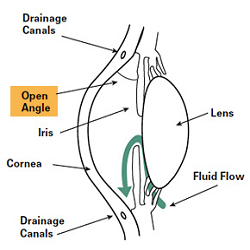
Here the angle [junction of iris and cornea] where the trabecular meshwork is located becomes narrow and gets occluded, which again will affect the drainage of the fluid to outside the eyeball. This leads to high IOP and thus damages the optic nerve leading to glaucoma.

Here the intraocular pressures remain within normal limits but still there is a damage happening to the neurons of the optic nerve which in turn causes glaucoma. Reasons not exactly known but decrease in the ocular perfusion [blood supply to the optic nerve] is known to be the culprit associated with certain systemic conditions like Chronic low vascular perfusion, Raynaud's phenomenon, migraine, nocturnal systemic hypotension and over-treated systemic hypertension. Goldmann applanation tonometry, gonioscopy, slit lamp biomicroscopy, optical coherence tomography and visual field analysis are the main tools of investigation for the diagnosis of NTG.

Here there is a rise in intraocular pressures along with damage in optic nerve but it is secondary to some ocular conditions and eye surgeries.
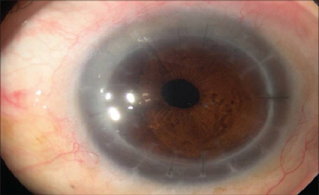
a) Pseudo Exfoliative Glaucoma
Pseudo Exfoliative Glaucoma occurs when a flaky, dandruff-like material peels off the outer layer of the lens within the eye. The material collects in the angle between the cornea and iris and can clog the drainage system of the eye, causing eye pressure to rise.
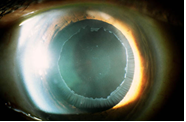
b) Neovascular Glaucoma
Neovascular Glaucoma is caused by the abnormal formation of new blood vessels on the iris and over the eye's drainage channels [trabecular meshwork]. It is always associated with other abnormalities, most often diabetes. The new blood vessels block the eye’s fluid from exiting through the trabecular meshwork, causing an increase in eye pressure.

c) Pigmentary Glaucoma
Pigmentary Glaucoma occurs when the pigment granules that are in the back of the iris (the colored part of the eye) break into the clear fluid produced inside the eye. These tiny pigment granules flow toward the drainage canals in the eye and slowly clog them, causing eye pressure to rise.
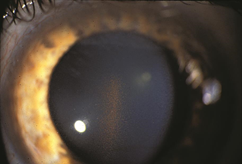
Childhood glaucoma also referred to as congenital glaucoma, pediatric, or infantile glaucoma — occurs in babies and young children. It is usually diagnosed within the first year of life. It is caused by incorrect development of the eye’s drainage system [trabecular dysgenesis] before birth. This leads to increased intraocular pressure, which in turn damages the optic nerve. Symptoms of childhood glaucoma include enlarged cornea [ Buphthalmos], cloudiness of the cornea, and photosensitivity (sensitivity to light).
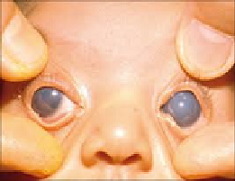
Juvenile open-angle glaucoma (JOAG) is a subset of primary open-angle glaucoma (POAG). The two conditions are classified somewhat arbitrarily by age, with JOAG affecting those who are between 5 and 35 years old and adult-onset POAG affecting those older than 35 years. JOAG is usually detected late and often presents with advanced optic nerve damage and an intraocular pressure (IOP) greater than 40 mmHg. As a result, the management of JOAG tends to involve surgical intervention more often than does POAG. These types of glaucoma can be associated with abnormal ocular conditions such as Aniridia or can be part of a systemic disease such as Sturge-Weber syndrome, Juvenile Idiopathic Arthritis, Axenfeld-Rieger syndrome, or Marfan syndrome.
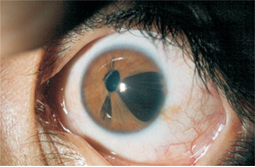
WHO IS AT RISK FOR GLAUCOMA
Anyone can have Glaucoma. Age, genes, steroids are some of the reasons for Glaucoma. Specific pointers for Glaucoma can be listed as follows.
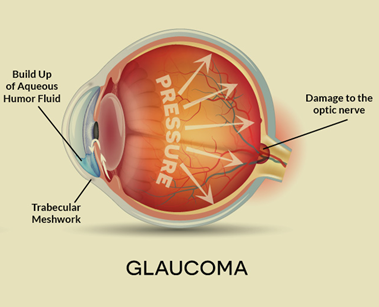
SYMPTOMS OF GLAUCOMA

- Pain around the eyes when coming out from darkness
- Colored halo rings seen around light bulbs especially in the mornings and nights.
- Frequent change of reading glass, headaches, pain and redness of the eyes
- Reduce vision in dim illumination and during nights
- Gradual decrease of side vision with progression of glaucoma
- Blurring of vision
TREATMENTS FOR GLAUCOMA
In most cases of glaucoma, the patient is not aware of the gradual Loss of sight until vision is significantly impaired. However, if glaucoma progresses without adequate treatment, the following symptoms may occur in some individuals.
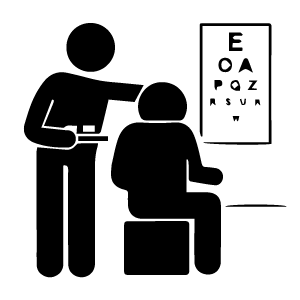
Diagnosis
Diagnosis

Technology
Technology
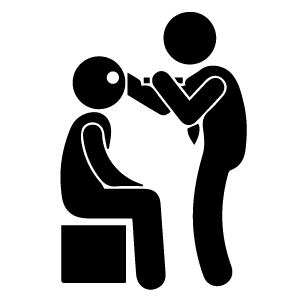
Our Expertise
Our Expertise

Treatment @ BN
Treatment @ BN
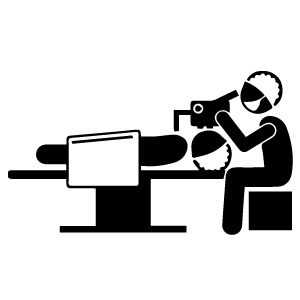
Treatment @ BN
Treatment @ BN
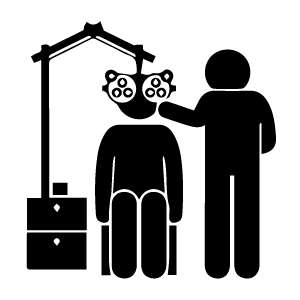
Treatment @ BN
Treatment @ BN
-
10 to 21 mm Hg.
-
It is an irreversible damage to optic nerve due to intraocular pressure changes.
-
Lifelong, glaucoma is treatable not curable.
-
Whenever there is poor control of IOP and optic nerve damage with maximum dosage of eye drops.
-
Age above 40, steroid use, trauma, diabetes , myopia.





